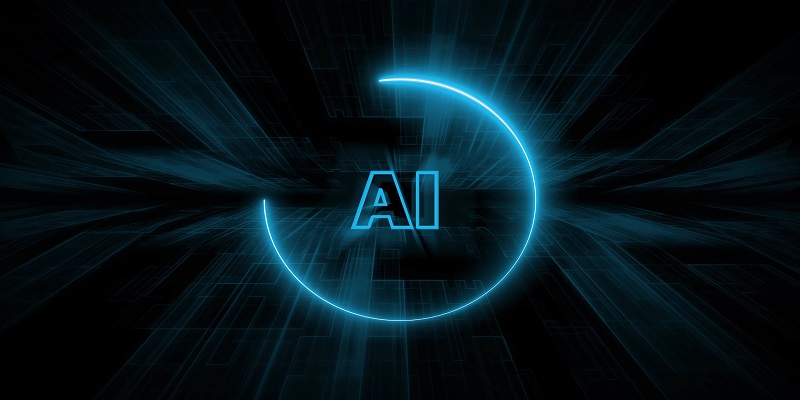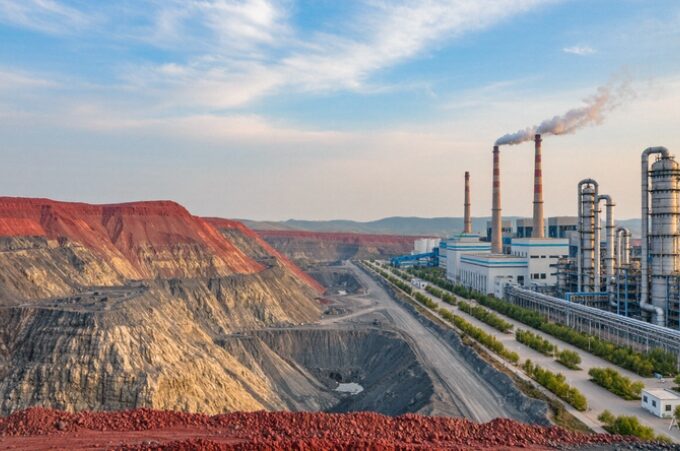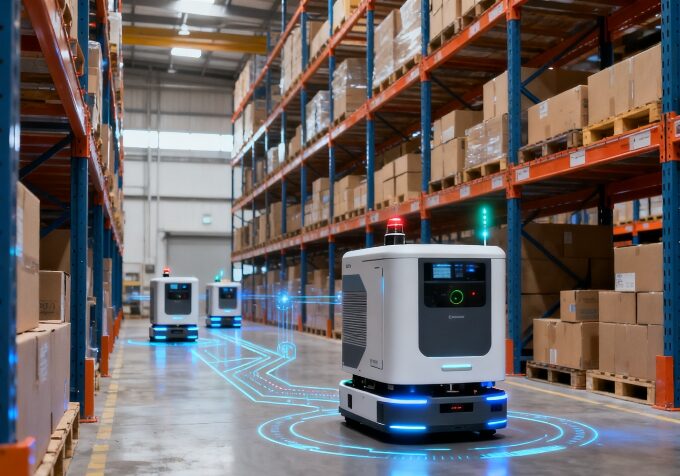As AI spearheads the industrial revolution, global rush to data center projects solidifies the surge in electricity demand.
Yet, the big question remains: how will this electricity demand be met?
Fossil Fuel Producers: Can’t Do Without Natural Gas
Fossil fuel, particularly natural gas producers, see data centers’ electricity needs, coupled with governmental emissions reduction commitments, ushering in a “golden age” for natural gas. Executives believe AI’s energy demand will far exceed the supply capabilities of renewable energy and batteries.
EQT’s CEO, Toby Rice, states bluntly that such achievements are impossible without natural gas, viewing the tech industry as providing shale gas producers opportunities similar to the LNG industry’s recent boom.
Rice indicates that the tech industry will provide shale gas producers with opportunities similar to those seen in the liquefied natural gas (LNG) sector in recent years. The rapid rise of the latter has also brought new customers to drilling service companies. He remarked, “We have an incredibly impressive LNG market, and there’s another equally exciting emerging market—electricity demand.“
Microsoft’s vice president, Noelle Walsh, revealed years ago the company’s plan to maintain a pace of constructing 50-100 data centers yearly. With AI as a core topic in the capital market, the urgency for data center construction is only expected to increase. Microsoft and OpenAI are reported to be working on a hundred-billion-dollar computing project, including a supercomputer named “Star Gate.”
Clearly, as AI becomes a central topic in the capital markets, the demand for constructing data centers will only become more urgent. According to reports last Friday, Microsoft and OpenAI are busy with a hundred-billion-dollar computing power project, including a supercomputer named “Star Gate.”
S&P Global Platts anticipates AI-related energy consumption to exceed 480 terawatt-hours by 2035, nearly one-tenth of US electricity demand, with a forecast of 5% by 2025. The IEA also expects global data centers to demand 1000 terawatt-hours by 2026, roughly equivalent to Germany’s total annual electricity need.
The continuous nature of fossil fuel-generated electricity is a key argument for its proponents.
Currently, gas-fired power plants address over 40% of US electricity demand, with cheap shale gas significantly reducing coal’s share over the past decade. The US federal government predicts the introduction of 20 new gas-fired power plants in 2024 and 2025 to meet demand.
Virginia’s Dominion Energy stated in its latest energy strategy that gas-fired plants remain the most economical and reliable option until “zero-carbon energy” can provide continuous electricity.
The Opposition
It’s noteworthy that natural gas producers seem to overlook a critical issue: the tech giants’ computing power electricity needs, deemed “opportunities,” have been explicitly linked to clean energy goals.
For instance, Microsoft announced in 2020 its aim for “carbon negative” by 2030, intending to eliminate its electricity-related emissions since its 1975 inception by 2050. Google also aims to use carbon-free energy around the clock in every grid it operates by 2030. If these targets are progressively achieved, fossil fuel producers should not be as optimistic as they are today.
S&P Global Platts’ Vice President Zhou Xizhou interprets that the majority of the tech giants’ increased electricity demand will be met by carbon-free generation. The institution also anticipates a decline in gas-fired power as green energy generation soars by century’s end.
Peter Herweck, head of Schneider Electric’s energy management group, and Rich Voorberg, Siemens Energy’s North America president, express skepticism towards the “AI boon for natural gas” narrative. They highlight the push for net-zero emissions and renewable energy sources by many data center clients, anticipating a noticeable decline in natural gas usage in the coming years.












